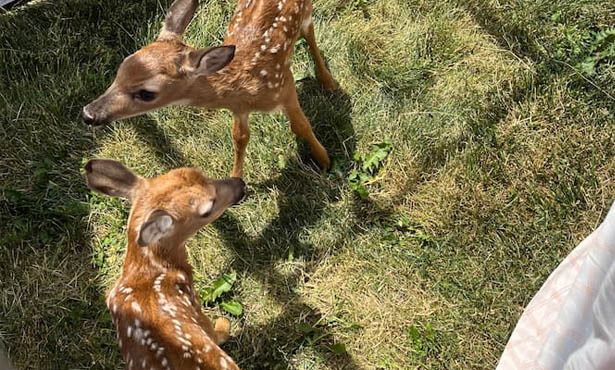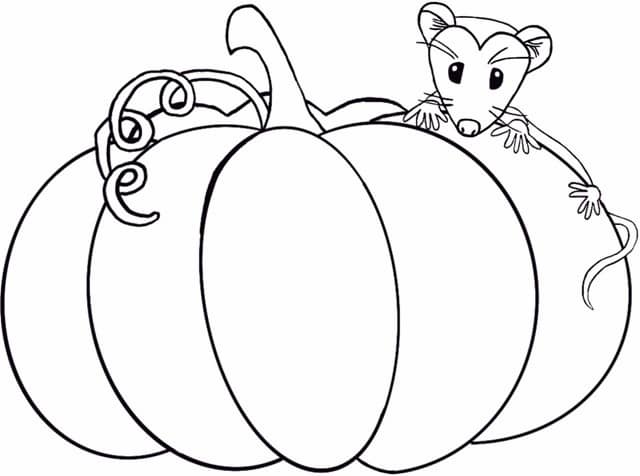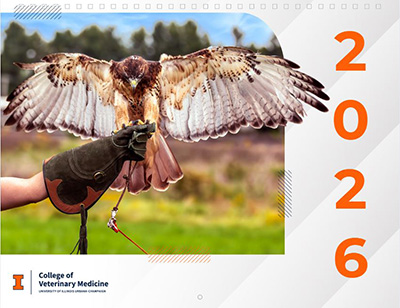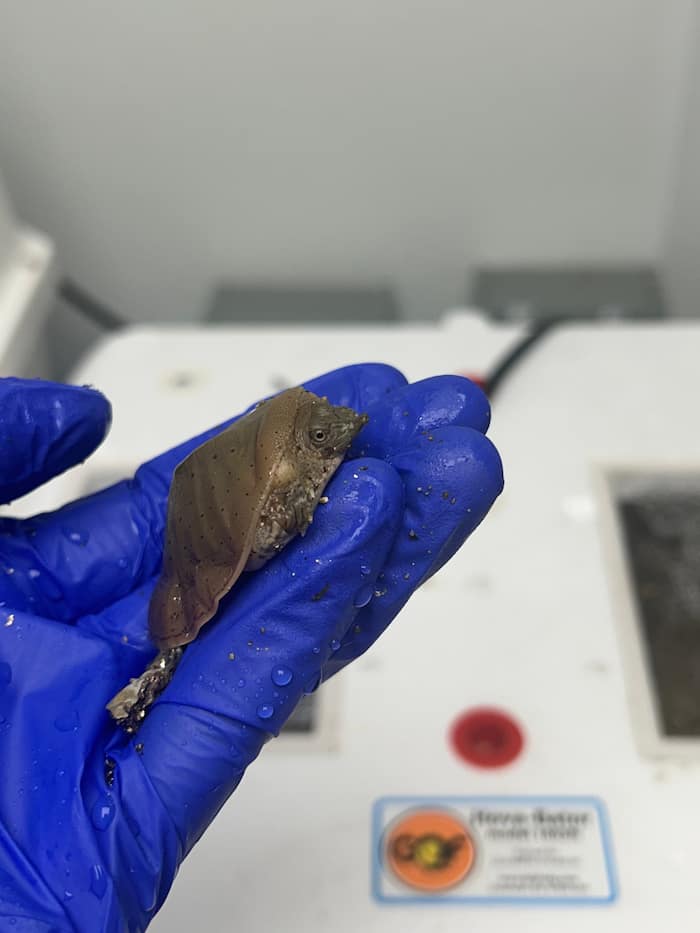Every year, during the summer, the Wildlife Medical Clinic receives numerous calls about white-tailed deer fawns. These fawns are found in many different situations, such as lying in a yard close to people’s homes or workplace and often they are found alone. While this can be alarming, it doesn’t always mean that this is an animal in need. There are many facts about deer and fawns that you want to consider before deciding to intervene. Read below to learn about some of these facts.
When are fawns typically born?
Deer have one litter of babies per year, usually during the months of May to June, with the majority of them being born in June. It is common for them to have one or two babies in a litter, and on rare occasions, three. Fawns are born looking almost like replicas of adult deer, as they have their eyes open and are fully furred; they do however have white spots across their backs to help them camouflage.
Why am I seeing a newborn fawn alone without its mother?
While fawns can stand and walk when they are first born, they don’t have the ability to move fast enough to run from predators or keep up with mom as she looks for food. To keep them safe while mom forages, they are periodically left by their mothers in tall grass or bushes for approximately the first month of life until they have grown enough to keep up with mom. Once the fawn is safely hidden, mom will then wander off to eat food, and will come back multiple times throughout the day to feed her babies. She will do this when there is no threat detected, which for deer includes people standing nearby.
What should you do if you are worried about the lone fawn?
Simply seeing a fawn lying on the ground by itself is not a reason for concern, since the mothers leave them by themselves for long periods of time. If you happen to see a fawn with no obvious injuries, and it is curled up laying on the ground, the best course of action is to leave it alone completely, and to check back in the next 24-48 hours to see if it is still in the same spot. If the fawn has not moved after 24-48 hours, you should call your local conservation officer or wildlife center to get advice on the next steps.
What are signs that a fawn is orphaned or needs help?
While many of the fawn sightings we receive calls about at the clinic are related to normal baby deer behavior, it is not impossible for a deer to be found in need of help. Some signs to look out for include seeing a fawn walking or wandering around while vocalizing. Baby deer that are being watched over by their mom, and have been left for the day stay very still and very quiet, so seeing a fawn wandering and vocalizing can be a sign that its mother has not returned. Other signs include seeing any visible injuries. These are two instances where a fawn would need additional help, and you should call your local conservation officer or wildlife center to get advice on safe capture and location to get help.
Do fawns have a better chance of survival with their mother or in the clinic?
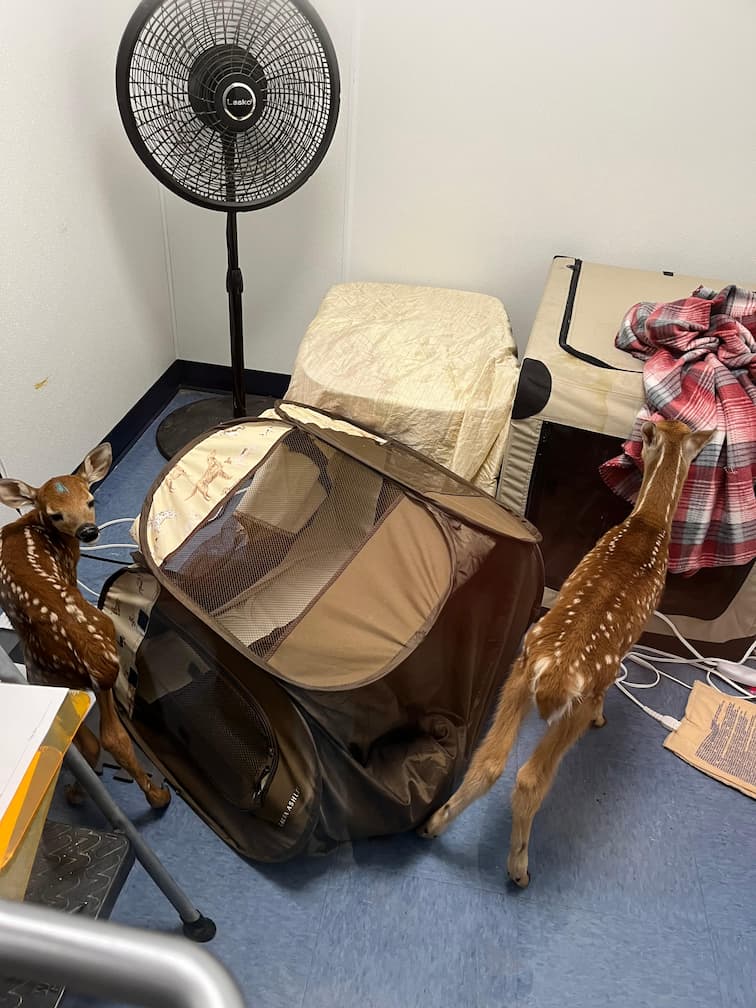
If the fawn has no injuries and is not sick or has been confirmed orphaned the best chance of survival is in the wild, being taken care of by its mother. This is why you may be encouraged to place a fawn back where it was found or be told to leave it alone if you find one. Deer are often high-stress animals and when in captivity that can lead them to be prone to serious injuries. It is also hard to perfectly replicate a mother deer’s milk, so if there is a chance that a baby deer can be fed by its mother, that is always recommended.
Overall, the best course of action when finding a fawn, if it does not have any visible injuries, is to leave it alone exactly where it was found. If you have any questions relating to finding a fawn please reach out to your local conservation officer or a local wildlife rehabilitation facility such as the Wildlife Medical Clinic.
Written By: Riley, Junior Manager and Class of 2027

